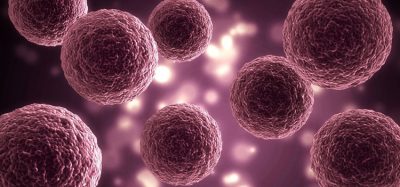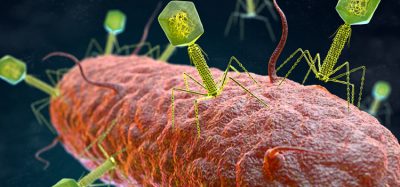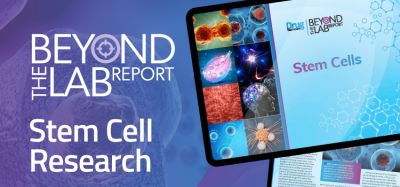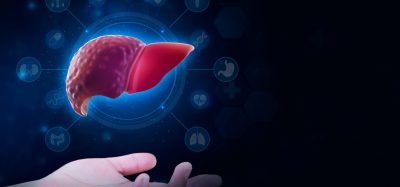Identifying disease-promoting microenvironments in AKI
Posted: 9 September 2024 | Drug Target Review | No comments yet
The study’s findings could contribute to future therapeutic strategies to prevent chronic kidney disease.
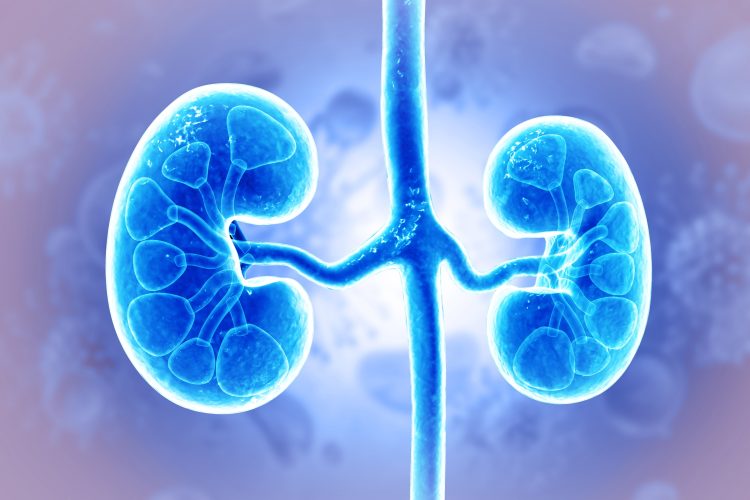

Researchers from University of Southern California (USC) and California Institute of Technology (Caltech) have provided novel insights into how damaged cells interact within disease-promoting microenvironments after acute kidney injury (AKI). This study could contribute to future therapeutic strategies to prevent chronic kidney disease (CKD), which affects an estimated 37 million individuals in the US and can lead to kidney failure.
An innovative tool named seqFISH, developed in Long Cai’s laboratory at Caltech, was utilised by co-first authors Michal Polonsky from Caltech and Louisa Gerhardt from USC. This tool enabled the team to collect information about genetic activity and investigate cellular interactions in intact mice kidney tissue with AKI. This meant that the team could analyse the expression of over 1,000 genes in the injured kidney tissue, find microenvironments associated with injury, and predict cellular interactions associated with the progression to CKD.
A likely pathological microenvironment was recognised in the kidney’s outermost layer, which they called ME-5. This microenvironment contained proximal tubule (PT) cells which are especially vulnerable to injury. Injured PTs and neighbouring fibroblasts in ME-5 were seen to exchanged signals that could drive injury progression. These signals involved the genes Clcf1 and Crfl1, which encode proteins that promote inflammation and fibrosis.
Furthermore, another significant injury-associated microenvironment called ME-16 was recognised. This had aggregations of tertiary lymphoid structures that are known to contribute chronic inflammation. ME-16 was distributed throughout the injured organ, instead of being confined to a specific region of the kidney.
So that the researchers could share their findings, they generated a comprehensive map of cellular, molecular and structural changes following AKI. This map is publicly available here: https://woldlab.caltech.edu/ci2-celltiles/Mouse-Kidney-Fibrosis/.
This study, funded and supported by USC Broad Innovation Award, was published in Nature Communications.
Related topics
Disease Research, Genetic Analysis, In Vivo, Therapeutics
Related conditions
Acute Kidney injury (AKI), Chronic kidney disease (CKD)
Related organisations
California Institute of Technology (Caltech), University of Southern California (USC)
Related people
Long Cai (Caltech), Louisa Gerhardt (USC), Michal Polonsky (Caltech)



